Easy to install and operate, they are virtually maintenance-free
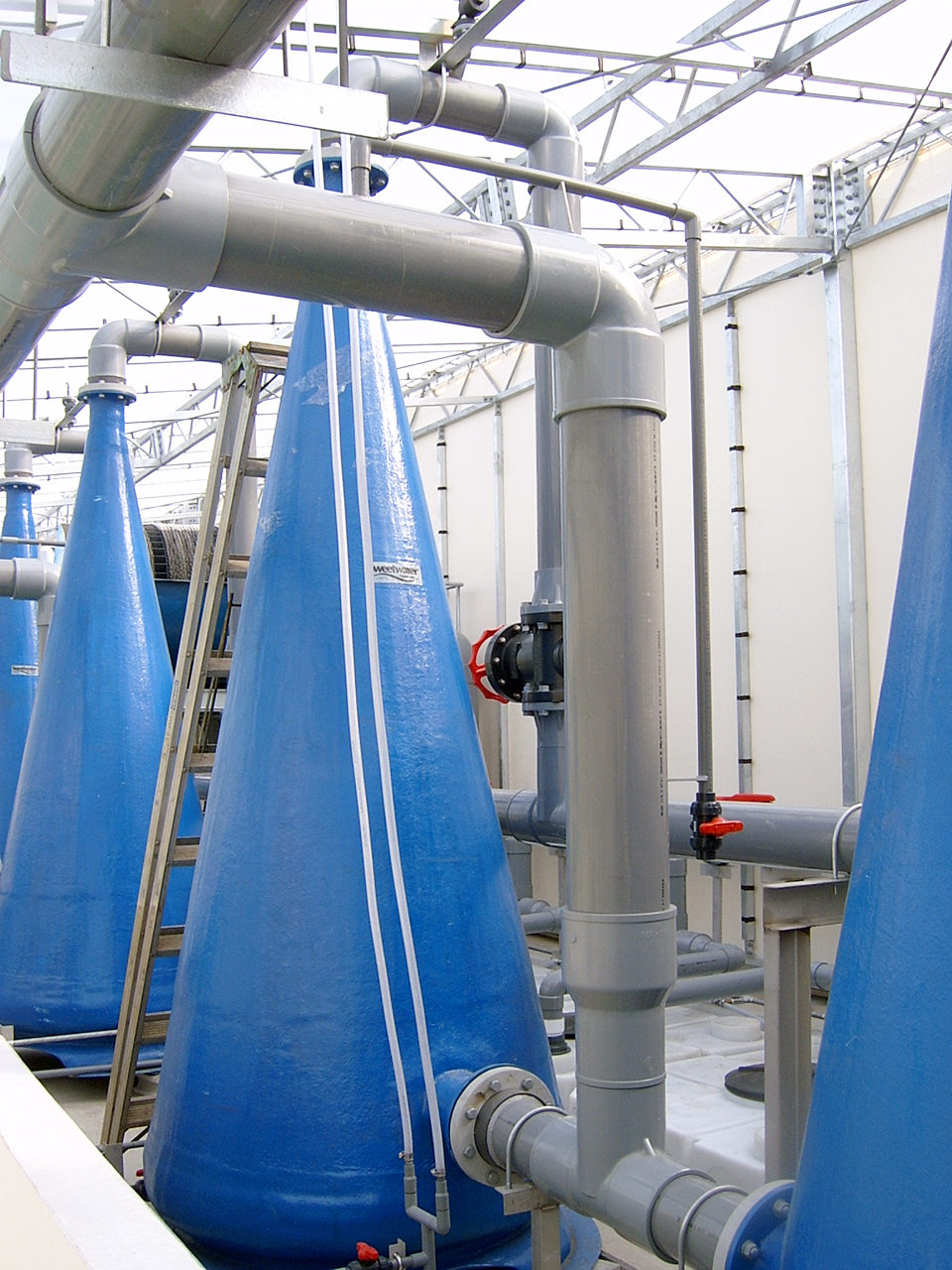
Speece cones offer a very efficient method for increasing oxygen levels in water for aquaculture applications as well as zoo and aquarium exhibits. The oxygen cone concept was originally developed by Dr. Richard Speece at Vanderbilt University in Nashville, Tenn., USA. Speece initially called his system a down-flow bubble contact aeration apparatus, a device used to supersaturate water with oxygen.
The complete system included an inverted funnel open at the bottom with a water pump at the top, a bubble diffuser located about middepth and a source of oxygen gas. The design has since been modified to an enclosed cone-shaped chamber.
The early design of the cone was limited to the wildlife hydrostatic pressure as defined by the depth at which the funnel was placed in the water body. The newer enclosed cones can be used at higher pressures limited by the type of material used for construction. Cones have been designed using polyvinyl chloride, fiberglass or stainless steel materials.
Gas transfer
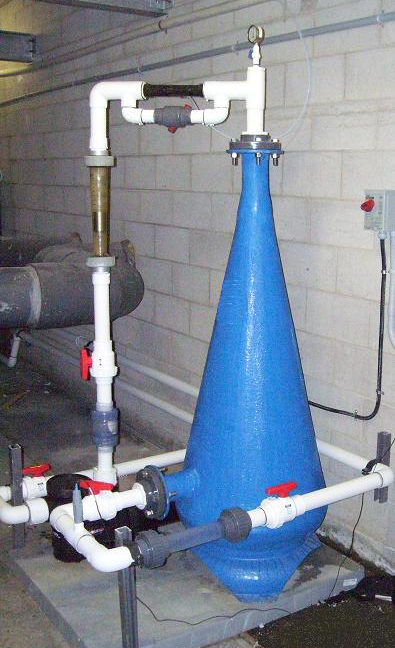
The transfer of oxygen gas to the water follows Henry’s Law, which is used to determine saturation concentrations of dissolved gases. According to Henry’s Law, under steady-state conditions, the partial pressures of dissolved gases in water are in balance with the pressures of the same gases in the atmosphere above the water.
When the pressure of the gases over water is decreased, the amount of dissolved gas also decreases. In addition, the saturation concentrations of those gases will vary depending on temperature, salinity and pressure. Higher pressure increases the amount of gas dissolved per unit volume, so the saturation concentration for a gas is higher at higher pressure or in deeper water. The inverse is the case for temperature and salinity. Water at higher temperature or salinity dissolves less gas per unit volume.
Cone operation
Speece oxygen cones are fairly easy to install and operate. Once installed, they are virtually maintenance-free. Water enters at the top of the cone and flows downward. At the same time, oxygen is introduced through a fitting at or near the top of the cone. The downward-flowing water counteracts the buoyancy of the rising oxygen bubbles. The bubbles are kept in suspension, no matter how large or small they are. Because the cone is pressurized, effluent water becomes supersaturated with oxygen by the time it reaches the tank.
The design of the cone optimizes oxygen transfer, and efficiencies up to 100 percent are possible. Concentrations of oxygen greater than saturation can be obtained depending on various operational parameters. For example, Speece cones can provide dissolved oxygen levels of 25-50 mg/l depending on flow rate, cone size, temperature and pressure.
Although cones can be designed to handle full flow in a recirculating system, they are more often plumbed in a side stream configuration by pumping out of a sump. A side stream setup minimizes flow requirements while still providing very high levels of dissolved oxygen or ozone.
Additional components
In addition to the cone, a few other items are necessary for operation. These include:
- Pipe side flange fittings. Outlet holes for mounting pipe flange fittings are custom. Flanges can be either American or European standard sizes.
- Bleed valve. The bleed valve purges gas trapped inside the cone during the start-up procedure.
- Outlet valve. An outlet valve regulates the operating pressure within the cone.
- Pressure gauge. The pressure gauge monitors the pressure within the cone.
In some cases, a venturi is used to introduce oxygen, although it is not necessary. The venturi injection method has the added benefit of improved oxygen dissolution in the water due to the turbulence created in the venturi. In addition, a venturi provides other advantages, including control of full flow line pressure, lower
energy requirements for pumping and a limited space requirement.
Ozone applications
Speece cones are also very efficient at dissolving ozone in water for aquaculture or other uses. Oxygen cone ozonation eliminates the need for venting gas or an ozone destruct unit, as efficiencies are near 100 percent. In addition, the economics of ozonation can be greatly improved in terms of lower capital, maintenance and operational costs.
Precautions
Two safety considerations are important when working with oxygen cones. First, fiberglass cones are not designed to operate at pressure greater than 21 psi. Failure to keep the operating pressure at or below this level can result in permanent damage to the cone and/or serious injury to the operator.
Secondly, highly concentrated sources of oxygen can be fire or explosion hazards. Pure oxygen at high pressure in combination with a spark can lead to an explosion. Therefore, the design and manufacture of oxygen systems requires that potential ignition sources are eliminated.
(Editor’s Note: This article was originally published in the March/April 2009 print edition of the Global Aquaculture Advocate.)
Now that you've reached the end of the article ...
… please consider supporting GSA’s mission to advance responsible seafood practices through education, advocacy and third-party assurances. The Advocate aims to document the evolution of responsible seafood practices and share the expansive knowledge of our vast network of contributors.
By becoming a Global Seafood Alliance member, you’re ensuring that all of the pre-competitive work we do through member benefits, resources and events can continue. Individual membership costs just $50 a year.
Not a GSA member? Join us.
Author
-
Gary Rogers, Ph.D., P.E.
Aquatic Eco-Systems, Inc.
2395 Apopka Boulevard
Apopka, Florida 32703 USA
Tagged With
Related Posts
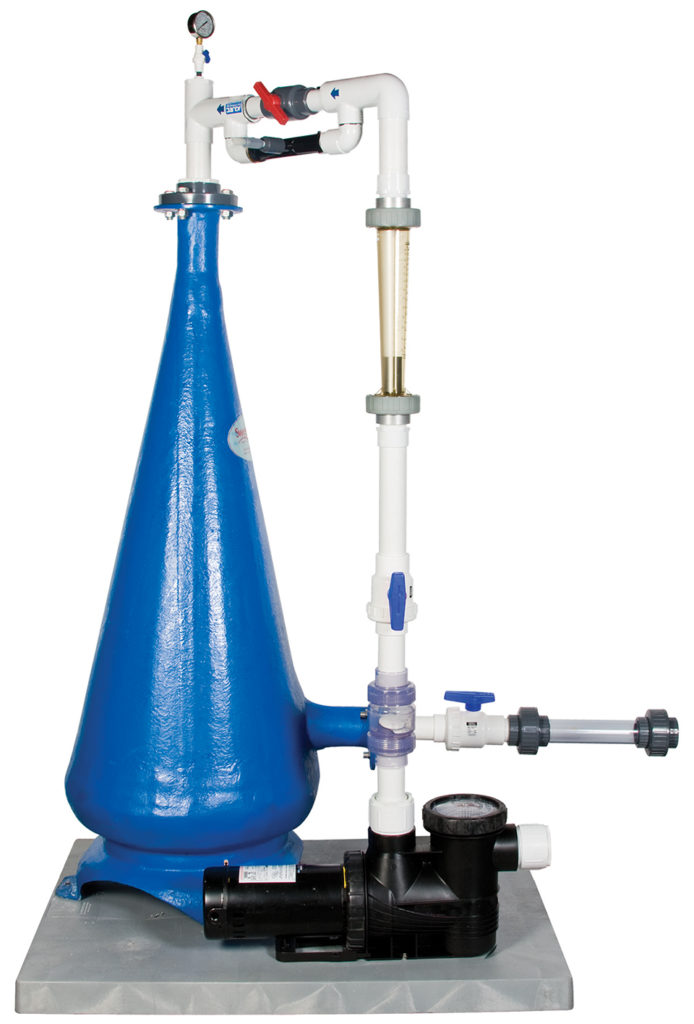
Responsibility
A look at unit processes in RAS systems
The ability to maintain adequate oxygen levels can be a limiting factor in carrying capacities for RAS. The amount of oxygen required is largely dictated by the feed rate and length of time waste solids remain within the systems.

Health & Welfare
Biofloc technology: Possible prevention for shrimp diseases
Facing emerging viral problems and rising energy costs, the use of biofloc technology in biosecure systems offers an answer for sustainable shrimp aquaculture. The main attributes of biofloc systems in reducing disease risk include the fact that low water exchange improves pathogen exclusion.
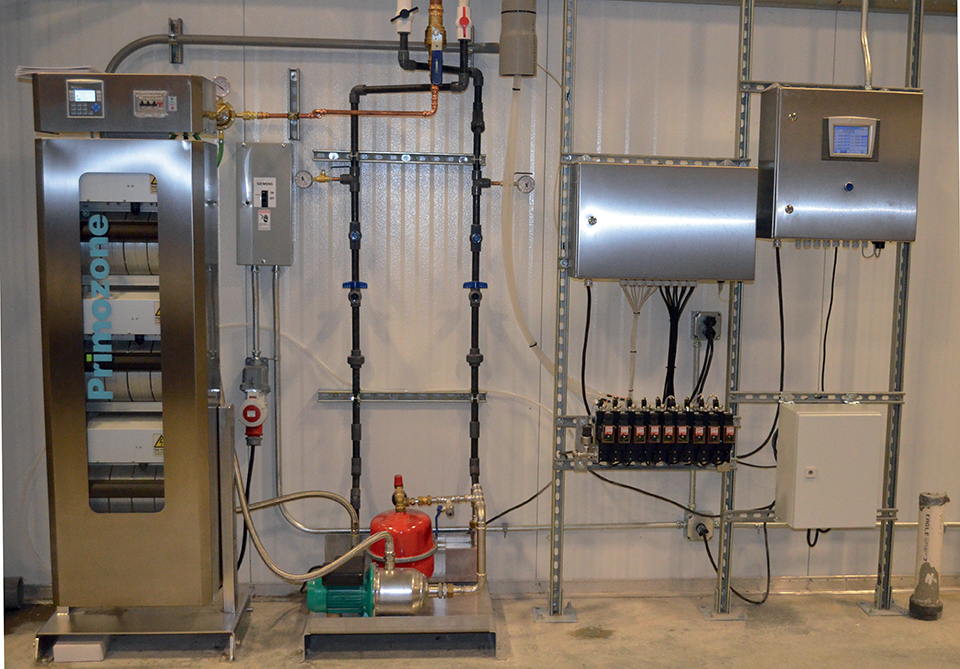
Innovation & Investment
Ozone increases productivity in RAS systems
Studies on improving water quality in recirculating aquaculture systems has identified ozone as an excellent solution for an optimal water environment.
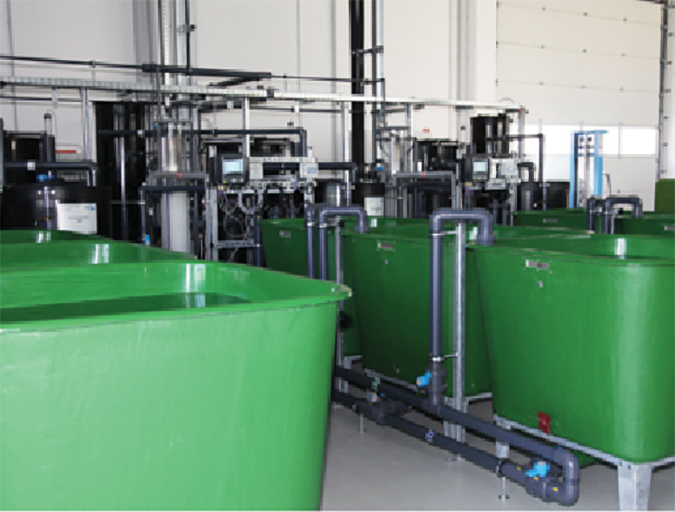
Health & Welfare
Biofilter inoculation in recirculating aquaculture systems
Biological filters are essential parts of recirculating aquaculture systems that transform toxic fish compounds such as ammonium and nitrite into less-harmful nitrate. The authors tested the convenience and efficiency of three methods for the initial inoculation of aerobic biofilters.


